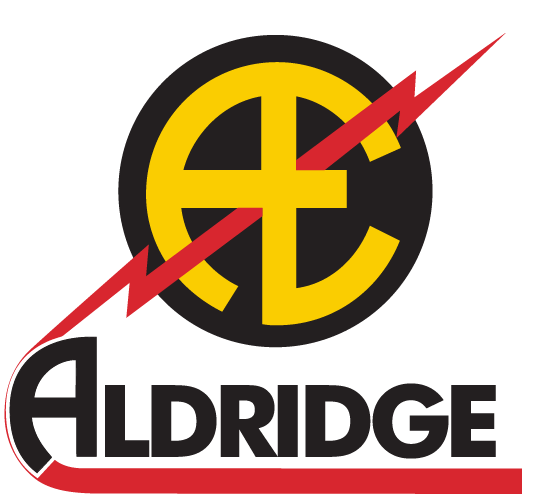Transit Technology and Innovation
Airport Transit Systems I Chicago, IL
Aldridge installed three different wireless communication systems to ensure complete integration of the Automatic Train Control necessary to run the driverless Airport Transit System at O’Hare Airport.
Utilizing radiofrequency, a door modem system was installed at each station platform allowing communication between the train and the door controller. This opens the doors when the trains arrive at each station, for passengers to board or deboard the fully automated driverless train.
The other two systems provide communications to the Operations Control Center (OCC) through a series of antennas located along the guideway. The vital wireless networks allow the train to communicate with the OCC to transmit and receive all critical communications for the automatic train control. The other system allows communication such as CCTV and public announcements.
Heavy Rail Extension I Milpitas, CA
As part of a billion-dollar design-build contract with the Santa Clara Valley Transportation Authority, Aldridge, as part of a Joint Venture, recently completed work on this complex, 10-mile heavy rail extension of the Bay Area Rapid Transit (BART) System into Santa Clara Valley. Aldridge’s scope of work included an Automatic Train Control System, a complete fiber-optic communications network, and related communication subsystems. Critical to the success of this project was the seamless integration between the new and old train control systems. The system went into revenue service in June 2020.
Specialty Railborne Equipment - Rail Plow
Aldridge has long provided innovative solutions for the Chicago Transit Authority (CTA), having worked on multiple track and signal rehabilitation projects on every line of Chicago’s mass transit system. We typically use a conventional track or rubber tire plow on the right of way (ROW). However, on the current Blue (O’Hare) Line project, the signal devices are located between the tracks and elevated third rail instead of on the ROW.
This nine-mile project required a different approach, and Aldridge subject matter experts decided to use an in-house designed rail plow. This rail plow installs new conduit by plowing between the tracks, eliminating the need to excavate hundreds of track crossings, and a potential conflict with the underdrain located between the barrier wall and the track.
Using the rail plow instead of manually excavating, trucking out spoils, and trucking in three types of aggregate backfill has saved both time and money. Without using this innovative piece of rail-borne equipment, it would have taken at least five times the workforce and more equipment on each plow run.
Specialty Tooling - Norming Point Laser Jig
Aldridge created a laser jig to install critical train controls called norming points for use on an Airport Transit System project. A norming point is a transponder that the train passes over, identifying that the train is in its intended position. The train must pass over the transponders at the exact same time, or a corrective action occurs.
Aldridge designed a jig concept that establishes positioning between the power rail guides. The power rails’ separation tolerance may differ by a certain amount, but the pair of norming points must always be the same separation off the center on the rails. The jig establishes an exact center.
Each of the 440 norming points were fitted with a fabricated clamp to match the existing rail system and marked to identify the center of the point. The team also designed and fabricated a rail platform cart to aid with installation.
With the use of the rail carts and laser jig, norming point installation was performed uniformly and with pinpoint accuracy throughout the entire system.







